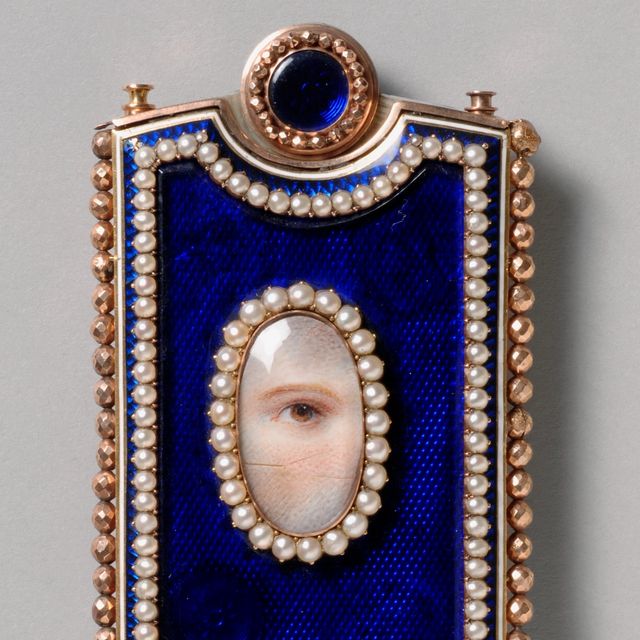
Pre-Visit Guide: Learning to Look (Grades 4–12)
How can we learn to see more when we look at art? This lesson leads students to become better observers of both art and the world around them through looking, describing, imagining, and responding. Drawing and writing activities are adapted for students’ grade level.